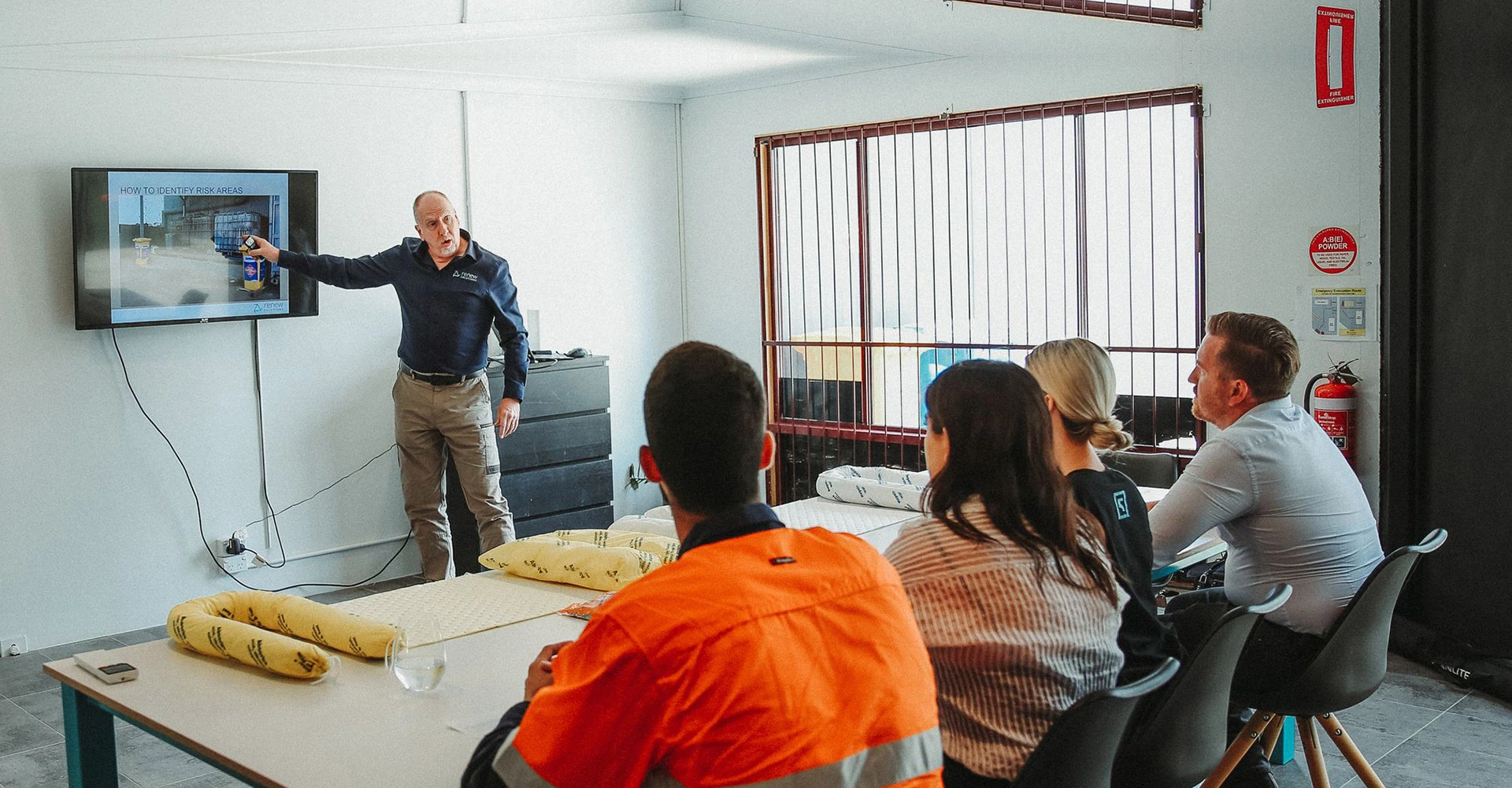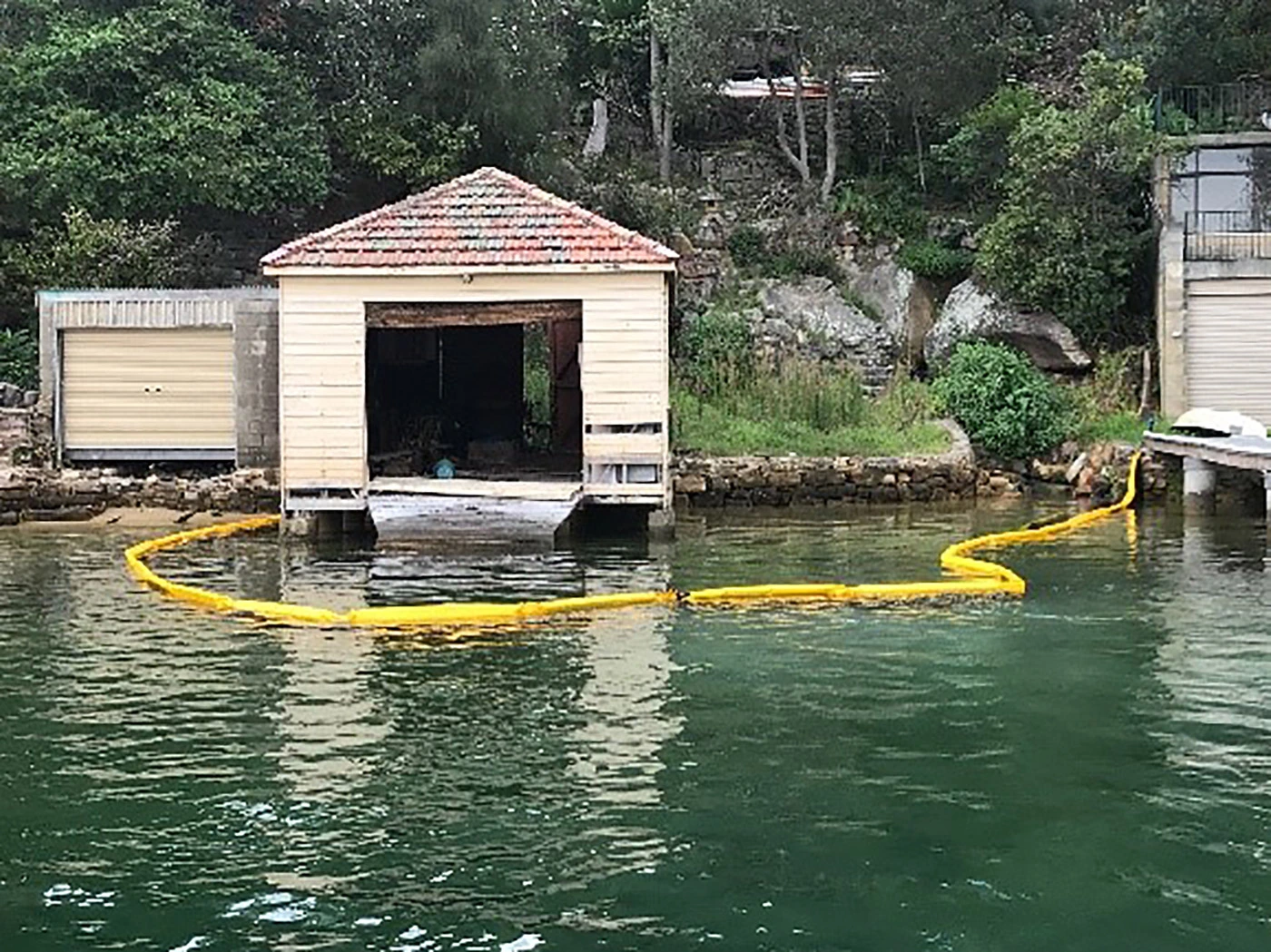Work on a typical construction site tends to disrupt many square metres of dirt and all of that disrupted dirt and soil poses significant sediment and erosion control challenges.
Considering how unpredictable rainfall and storms are, it takes vigilance to control sediments. It also increases the cost of construction projects. However, if sedimentation is not controlled, the overall cost could be even higher. There’s the damage to the environment it would cause and the possible fines from state and federal regulatory agencies.
Thankfully, there are some effective measures and strategies that we can implement to help control sediment and erosion on construction sites.
Erosion and sedimentation go hand in hand. On the one hand, erosion involves the movement of soil particles from one location to another. This movement is usually a result of wind or water. Sedimentation, on the other hand, refers to the process where elements such as air and water carry dislodged soil particles from one position to another.
Both erosion and sedimentation are natural processes and they usually occur gradually. However, the activities of people can accelerate the process. For instance, on a construction site, it’s not uncommon to uproot different plants to create space when building new structures. The problem with this is that those uprooted plants played a huge role in slowing down erosion and sedimentation.
Erosion control is the first step to take in preventing sedimentation from occurring. When no adequate erosion control measures are taken, the need for sediment control comes in.
Erosion control is all about preventing water from dislodging the soil particles. This is important because when water or wind dislodge the soil particles, the soil becomes easy to erode.
Sediment controls, on the other hand, are practices or devices put in place to prevent eroded soil from leaving the worksite and entering water bodies around. This is equally important as sediments carry pollutant materials that degrade water resources and endanger aquatic wildlife.
There are various practices and devices that construction sites can use to control erosion and sedimentation. Some of these devices include:
Silt Wardens
A silt warden is a pit protection device that removes sediments from floodwater during construction. It prevents silts, sediments, and debris from entering and forming a blockage in the drainage system. This device is a cost-effective method that is best applied in the early stages of construction and landscaping activities.
Our silt warden is made using superior UV stabilised horticultural shade cloth that has webbing around the edges. This webbing gives the silt warden additional strength and allows for easy removal and disposal.
Silt Curtain
Silt curtains are also known as flotation curtains, turbidity curtains, sediment curtains, and silt screens. They are used to keep sediments and silts afloat. This helps to prevent sediments and silt from sinking and consequently destroying the ecosystem.
Silt curtains are essential for projects such as dredging, excavating, piling, and rock walling.
Silt Socks
Silt socks are a temporary and cost-effective tool used in diverting erosion sediments. As a result of their effectiveness and flexibility, they can be strategically installed to reduce, contain, and redirect water flow.
Our silt socks are UV-resistant shade clothes filled with recycled rubber. This recycled rubber gives silt socks its toughness and makes them reusable.
Geo Bags
Geo bags are another cost-effective and efficient filtering device. They function by taking in sedimented water and dispelling uncontaminated water. These bags come in different sizes and are useful in construction and mining activities.
Cellular Confinement Systems (CCS)
CCS, also known as geocells, is a honeycomb-like structure made of polymeric materials. They are expanded on the site and filled with sand, rock, gravel, or concrete. Geocells generally stabilise soils on flat ground and steep slopes, consequently ensuring earth retention.
Fibre Roll
This is a temporary erosion and sediment control device. It helps to protect the water quality of nearby streams, lakes, seas from sediment brought in by erosion. To protect the water bodies, a fibre roll is placed in a strategic position to intercept the outflow of sediment from the construction site.
Made out of straw and coconut fibre, the fibre roll is shaped in a tubular roll.
Sandbag Barriers
Sandbags are also called dirtbags. They are bags filled with soil, stones, and the likes. People often place these bags in places prone to flooding. They are a cheap means of preventing erosion. At the same time, it can be laborious to fill these bags.
Sediment Basin
A sediment basin is a temporarily built pond created to trap sediment water that may have washed off during a storm. Workers usually build this artificial pond to prevent sediments from running into the river bodies around the construction site.
Silt Fence
This is a temporary sediment control device used to surround a construction site. This helps to prevent the contamination of lakes, rivers, streams and other waterways around the construction site.


